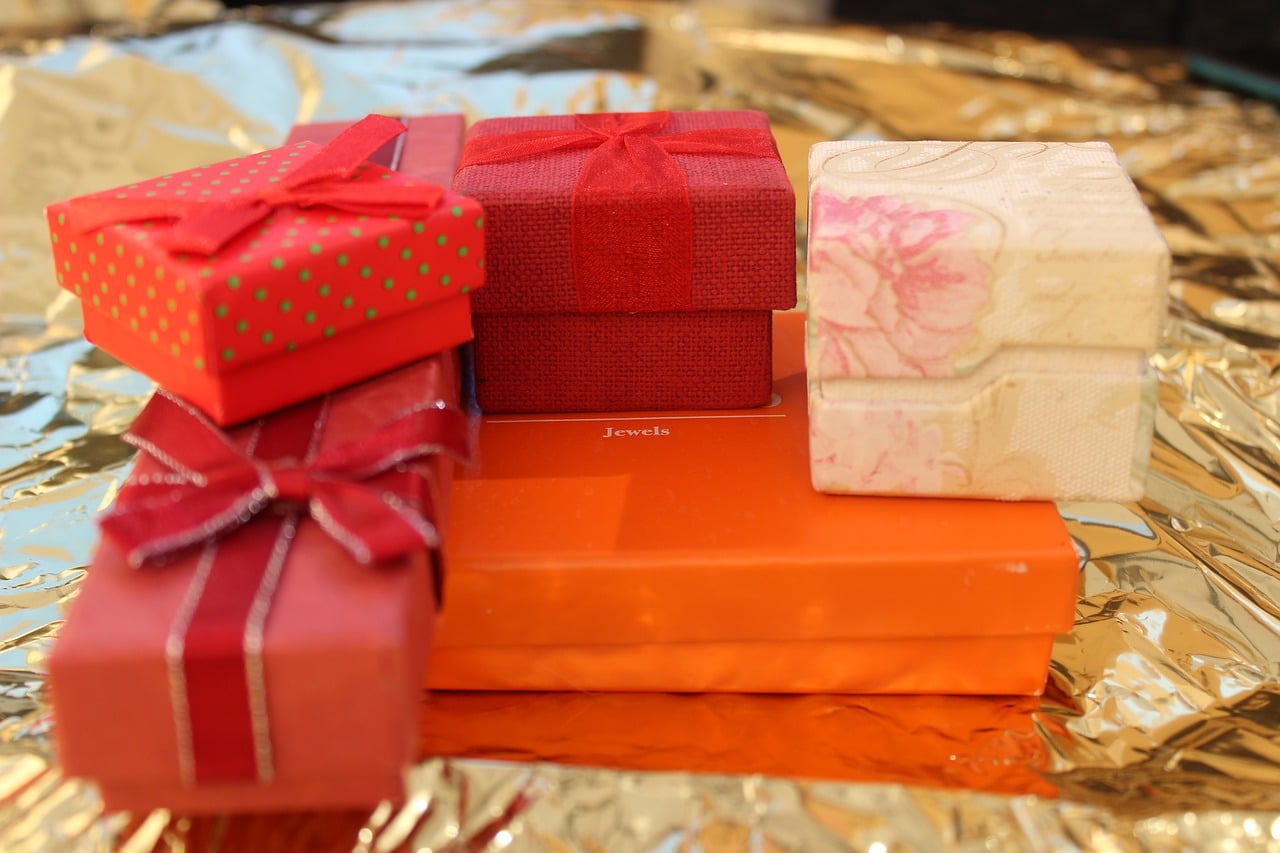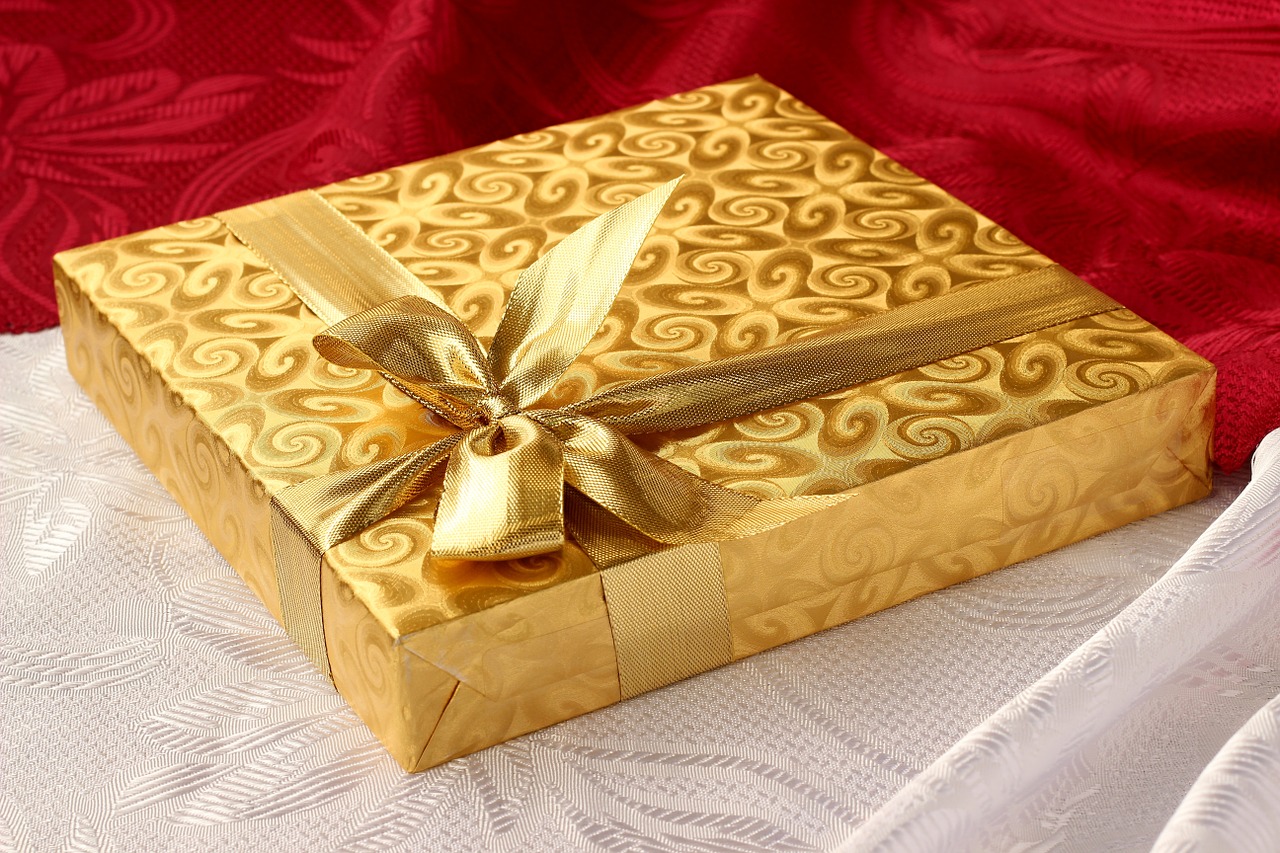What are the types of printing for personalizing empty gift boxes for merchants?
For a professional, there are a thousand and one reasons to personalize printing gift boxes. Maybe you want your customers to keep a souvenir of their visit to your store… Maybe you want to show your employees how much they mean to you… Maybe you are looking to make your professional event unique…
To achieve these goals and more, invest a few dollars in the personalization of your packaging. Write your logo or have a text engraved to reflect the preciousness of the moment. And thanks to dazzling advances in technology, now printing techniques adapt to your budget and your needs. 183 you choose the one that suits you best.
1) Typography
In the 11th century, Bi Cheng, a Chinese inventor who lived in the Song dynasty, had a brilliant idea. What if he covered characters with ink before affixing them forcefully to a piece of parchment? After much experimentation, the Chinese established what was to become the basis of modern typography.
Very quickly, the ingenuity of his process was taken to the four corners of the world. In Korea, engineers use it but use water-based inks. A few centuries later, Johannes Gutenberg industrialized these techniques using mechanical presses and oily ink. Modern printing was born!
Even today, it is clear that modern typography is not that different from what it was in the 11th century.
Ink is poured in abundance on a surface with character traces. On top of this, the printer adds a blank sheet of paper and compresses it all using a special device.
Fast, typography is an inexpensive printing technique that appeals to professionals with reduced budgets.
2) Screen printing

Sometimes called flocking, screen printing allows you to customize packaging quickly and at a low cost. Derived from the Latin names sericum (silk) and graphein (writing), this technique uses stencils, which are wedged between the ink and the support.
Like typography, screen printing originated in China, under the Song dynasty (960 -1279). However, it will not enter the modern era until the 19th century when Chinese immigrants bring this printing technique to Uncle Sam’s country.
Very quickly, renowned artists like Andy Warhol fell under his spell. How to do otherwise? Screen printing brings to life all the designs imagined by the mind with disconcerting ease. On vehicles, signs, posters… Until today, screen printing remains one of the most widely used printing methods.
Whether it is to personalize paper bags or 3D supports, the screen printing process remains the same. First of all, the printer creates a stencil, which uses the model requested by the customer. After having been saturated with ink, the canvas is placed on the support to be personalized and the ink is diffused using a doctor blade.
Guaranteeing an intense and economically attractive color, screen printing is not, however, free from defects. Each color requires the creation of a new stencil and the print speed rarely exceeds 1,800 pieces / hour.
3) flexography
Do you want to have embossed messages engraved on your packaging? If the answer is yes, flexography may be the technique for you. Halfway between screen printing and typography, flexography is a technique that has been making industrialists’ heyday since the 1950s.
Although an aura of mystery halos its creation, the first use of the term flexography dates back to 1952 and is the feat of arms of a group of American engineers.
Etymologically, flexography descends from two Greek roots: flexos (flexible) and graphein (writing). Without a doubt, the fact that the technique can use a wide range of inks has strongly influenced its name.
Indeed, flexography is one of the few packaging printing techniques that can use water-based ink, solvent ink, or UV ink. Thanks to this flexibility, flexography can be used on a wide variety of objects ranging from kraft paper to plastic bottles.
In addition to relief printing, flexography has other undeniable advantages: the cost is affordable and printing is easy. And of course, the printer can choose between water-based, oil-based, or Ultraviolet ink.
4) digital printing

It is undoubtedly the most famous printing technique to the general public. With it, all you have to do is connect a computer to a printer to see the magic happen. Often described as “the second revolution in printing,” it democratized Computer Aided Publishing (DTP) in the 1980s.
Why is she so popular? Because it doesn’t require anything other than a digital file. For businesses, it’s less hassle and the ability to be more creative. For print shops, it only takes a few clicks to get the job done.
It should be noted that digital printing can be done through different processes. Inkjet, iconography, digigraphy… Personalizing your packaging has never been so easy.
Due to its very competitive implementation costs, digital printing is one of the few industrial techniques that can be used on small quantities. However, the colors are often a bit dull and their staying power sometimes leaves something to be desired. This is why it is strongly recommended to always apply a coat of varnish after the digital printing is finished.
5) offset printing
Please note: this printing technique is only for large prints. Printing books, advertising posters or catalogs are the most common reasons for using offset printing.
Praised for the creation of high-end packaging, offset printing is far from an easy procedure. Indeed, before you can enjoy your exceptional personalized packaging, you will have to go through three delicate steps.
First, the printer is responsible for reproducing the desired image on a huge cylinder using photoengraving. During this crucial moment, the printer will create hydrophobic and other hydrophilic zones on the cylinder, knowing that the ink will only dock to the first ones.
Secondly, it is necessary to use a second cylinder, soberly called a “blanket”. It is the latter that will transfer the image to the printing medium.
And finally, the third and final step. Now that the packaging has been affixed with the motif, it will have to pass through different plates which will give it its color. As in screen printing, there are as many plates as there are colors. However, in practice, most printing companies prefer to work with 4 basic colors: cyan, magenta, yellow and black.
Of all the printing techniques, offset is undoubtedly the one that gives the most qualitative results. However, the finesse of its details is matched only by its high degree of requirement.
Only large prints can be taken into account. In addition, the formats required are larger than the standard ones and therefore consume more paper. But once these few obstacles have been overcome, offset printing remains the guarantee of having personalized, first-rate packaging.
6) Xerography
Commonly known as laser printing, xerography produces personalized packaging in which every little detail is perfectly represented. No matter how many elements your design is filled with, each one will be perfectly represented by laser printing.
Unfortunately, xerography is not suitable for all media. Indeed, the process uses a temperature of around 200 ° C. First of all, you must therefore make sure that your equipment is able to withstand this temperature.
7) Photogravure
Last printing technique to be presented in this article: gravure printing. Like typography, gravure printing allows you to print directly on the media. No need to resort to intermediaries.
To achieve this, this printing technique uses a cylinder comprising many cells. Depending on the desired result, ink is deposited in some of the orifices of said cylinder. Subsequently, strong mechanical pressure allows the motif to be engraved on the packaging of your choice.
Unfortunately, little known to the general public, gravure printing is a printing technique of rare efficiency. Its quality has nothing to envy that of offset prints: photos and images shine brilliantly, whatever their color palette.
In addition, by using gravure printing, it becomes possible to print long runs without loss of quality or the colors starting to fade.
Unfortunately, the gravure printing has some flaws. It takes time to set up the devices and customize the impression cylinder. In addition, rotogravure is a printing technique that is only really profitable with large volumes.